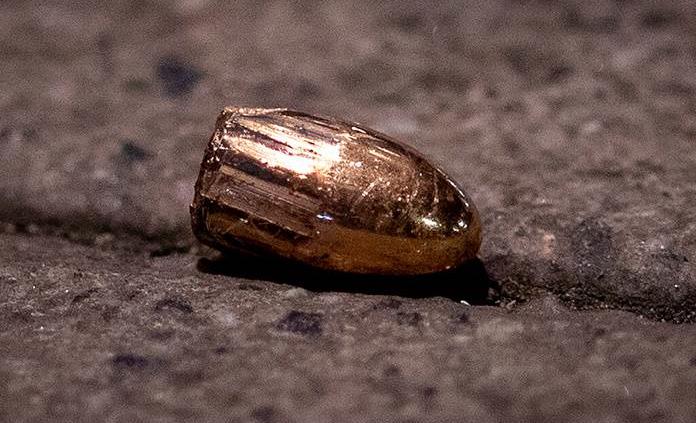RIO DE JANEIRO, BRAZIL – (EFE) The increase in violence over the last decade in Mexico has triggered demand for architectural armor and bulletproof vests, especially in times of pandemics and elections, in a country where the security industry already accounts for about 2% of GDP.
“There has been an increase in crime, and all we do is offer solutions so that clients can be safe and preserve their integrity and assets,” René Fausto Rivera, president of the National Council of the Ballistic Industry, created just three years ago given the diversification of the sector.

With almost 100 murders a day, Mexico is going through a wave of violence that has been on the rise since President Felipe Calderón (2006-2012) ordered the army to combat drug trafficking.
Despite months of confinement during the pandemic, the country recorded 34,600 homicides in 2020, a figure very similar to the record of 2019, when there were 34,700.
There were also more than 800 kidnappings and 604,000 cases of robbery, whether of homes, vehicles, or passersby.
PRODUCT DIVERSIFICATION
As a result, the demand for architectural armoring has increased “everywhere”, whether in jewelry stores, strategic installations, large companies, or even homes, said Fausto Rivera.
“Faced with the increase in insecurity, people are looking to make panic rooms, that the access door to the street is armored to provide protection,” he added.
According to his calculations, the security industry, including armoring, private guards, and video surveillance systems, already represents close to 2% of Mexico’s gross domestic product (GDP).
In recent years, metal doors or polycarbonate glass for windows or sideboards have been perfected to withstand the impact of a bullet from a .44 Magnum or an AK-47.
The important thing “is not the thickness or materials, but the performance and composition,” said the businessman.
That explains why a 45-millimeter laminated glass can be smashed, while a 12-millimeter polycarbonate can withstand it.
VIOLENCE IN THE PANDEMIC
During the months of closure due to the Covid-19 pandemic, between April and June last year, many luxury goods businesses upped their security ante, but most noticeable was in homes.
“Curiously, there was more demand in homes than in businesses. There was a very rare phenomenon because people were more indoors,” he said.
In addition, on June 28, many were shaken by the attack with long arms against the vehicle of the Secretary of Security of Mexico City, Omar García Harfuch, which failed but demonstrated the bloody presence of the Jalisco Cartel – New Generation (CJNG) in the Mexican capital.
Since then, many clients have been asking for materials that can withstand .50 caliber weapons. “We have noticed that in certain corporate areas that are in very remote zones, they are asking to increase the level of risk as protection,” said Fausto Rivera.
VESTS FOR CIVILIANS
While a decade ago, 90% of the demand for bulletproof vests was for police officers and the rest for civilians, nowadays, the latter represents 30%.
As a result, the vests have been evolving to be increasingly ergonomic and lighter, weighing about three kilograms. “We want the protection to be as comfortable as possible in the case of a police officer and as discreet as possible in the case of a civilian,” said Ignacio Baca, president of the Body Armor Commission.
The vests for civilians are designed without appearing to be armored because “the first thing the attacker will look for is to shoot where there is no protection”.
These garments, which cost around US$400, have several layers where a bullet from a .44 Magnum is entangled so that “a very hard hit” is felt but not pierced.
Discreet bulletproof vests are common among officials and politicians, especially in the current campaign period for the upcoming June 6 midterm elections. “They are always looking for hidden or simulated protection. There are now many politicians who use them, especially at this time of the year,” said Baca.
Since September last year, at least 80 politicians have been assassinated, 32 of whom were candidates in local elections.
Source: efe

